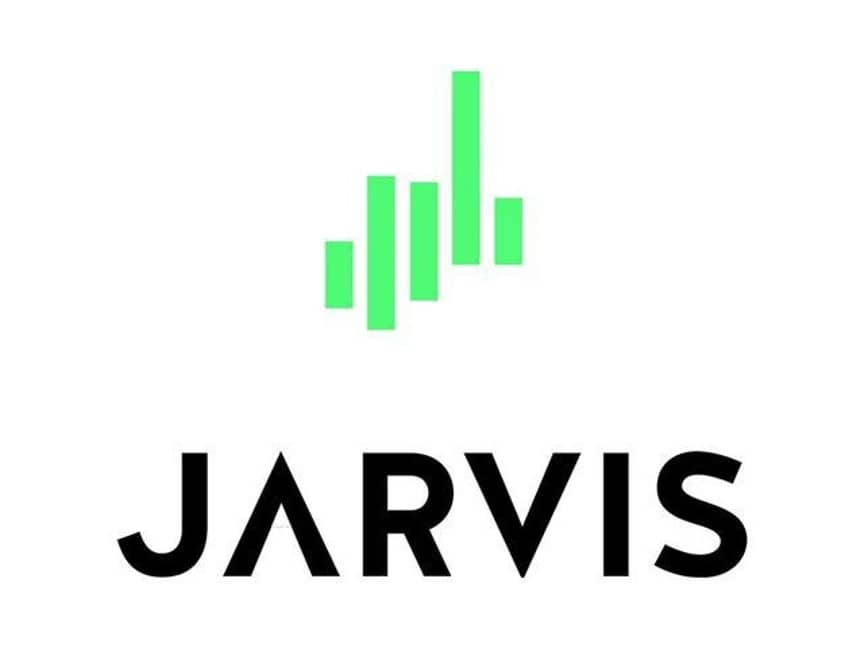Subscribe to wiki
Share wiki
Bookmark
Jarvis Reward Token
The Agent Tokenization Platform (ATP):Build autonomous agents with the Agent Development Kit (ADK)
Jarvis Reward Token
Jarvis Reward Token (JRT) is a token used for the set of protocols on Ethereum allowing anyone to gain exposure to the price of any traditional assets, against liquidity pools supplied by market makers.[1]
Overview
Jarvis Reward Token protocols allow users to gain exposure to the prices of any financial instrument via margin trading and/or synthetic assets and/or provide the liquidity required for these protocols to run smoothly.
Jarvis “Blockchainizes” traditional financial markets to make them open, transparent, interoperable, and programmable, and eventually, disintermediate them.
- Margin Protocol: A trust-minimized off-chain trading protocol
Margin protocol allows users to open leveraged positions on different markets such as Forex, indices, stocks, or cryptocurrencies, collateralized by Dai.
- Synthetic protocol (Synthereum): An on-chain trading protocol
This protocol allows users to create tokens that track the price of any traditional or digital asset. They can be converted directly with the smart contract, without a counterparty, spread, or slippage: instead of an exchange taking place between a buyer and a seller, the user burns a token (1 synthetic EUR) and atomically mint another one of the same value (0.8 synthetic GBP). [2]
Jarvis Reward Token
JRT is a utility token for securing and governing the protocols, respectively through staking and through a DAO, and aims at rewarding the agents who would bring value to the ecosystem.
- JRT is staked by validators and relayers to align their interests with those of the protocols
- The DAO vote on multiple settings and on propositions to improve the network
- The DAO collect all the fees and decide how to best allocate them to serve the interest of the network and the JRT holders
- The DAO manages 100M Reward Funds to distribute JRT across various reward program, to incentivize those who bring value to the ecosystem
Governance: JRT holders govern the protocols and their treasury through a DAO.
Collateral: JRT tokens will be used as collateral to borrow from the protocols.
Staking: Liquidity providers must stake JRT to align their interests with the protocols.
Incentives: JRT is used as a reward mechanism to Bootstrap (front-end framework) the network and incentivize its usage.
On Chain Forex and jFiats
Jarvis protocol tries to solve the problems typical on-chain forex markets have. Most on-chain markets are very capital-inefficient as it is difficult to build liquidity for these markets using AMMs especially for cryptocurrency stablecoins. These Forex pools on an AMM can only work efficiently if arbitrages can be performed on a primary forex market where trade can happen at the real market price.
The Synthereum protocol enables a capital-efficient on-chain Forex by enabling the exchange of fiat pegged stablecoins - jFIATs at the real market price, without price impact, permitting them access to the USDC liquidity. [5]
jFiats
These are synthetic stablecoins tracking the price of real-world currencies. e.g JGBP tracks the price of the real-world GBP against USD. These stablecoins are traded freely like real-world fiat currencies and are collateralized by USDC only. Currently, there are more than 25 jFiats available including major ones such has jAUD, jEURO, iCAD, jCHF, and others. These JFiats are multichain tokens and can be traded on Ethereum, Polygon, BSC, Gnosis, Avalanche, and Optimism networks.
[6]
Jarvis Market
Jarvis market allows interacting with the Margin and Synthetic protocols. It is a trading platform for active investors which provides spot and margin trading. it is leveraged from the Jarvis Network's margin protocol on the Ethereum blockchain and enables users with trustless peer-to-contract trading on multiple financial markets such as Forex, global Indexes, and more.
The protocol allows to get exposure to liquidity pools and decentralize the supply, and governance by becoming a Liquidity provider. Anyone can become LP by creating or joining liquidity pools and experienced LPs can offset their risk by hedging their exposure on their broker or exchange.
The Spot trading mode aggregates liquidity across several CEXes and DEXes to allow users to trade any ERC20 tokens (and therefore synthetic assets) at the best prices.[3][4]
"Jarvis market uses Jarvis trader, a standalone proprietary trading platform that allows traders to connect to several traditional exchanges and brokers".
See something wrong?
The Agent Tokenization Platform (ATP):Build autonomous agents with the Agent Development Kit (ADK)
